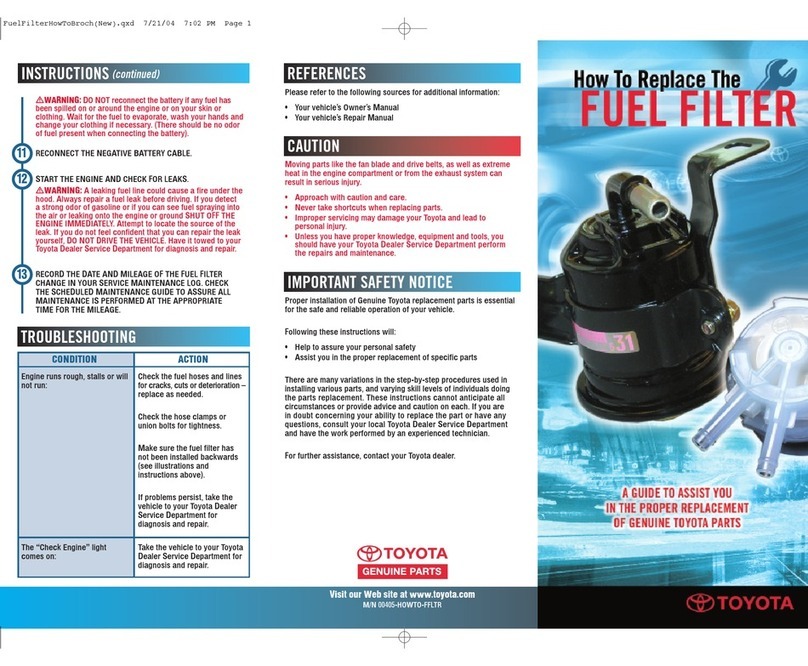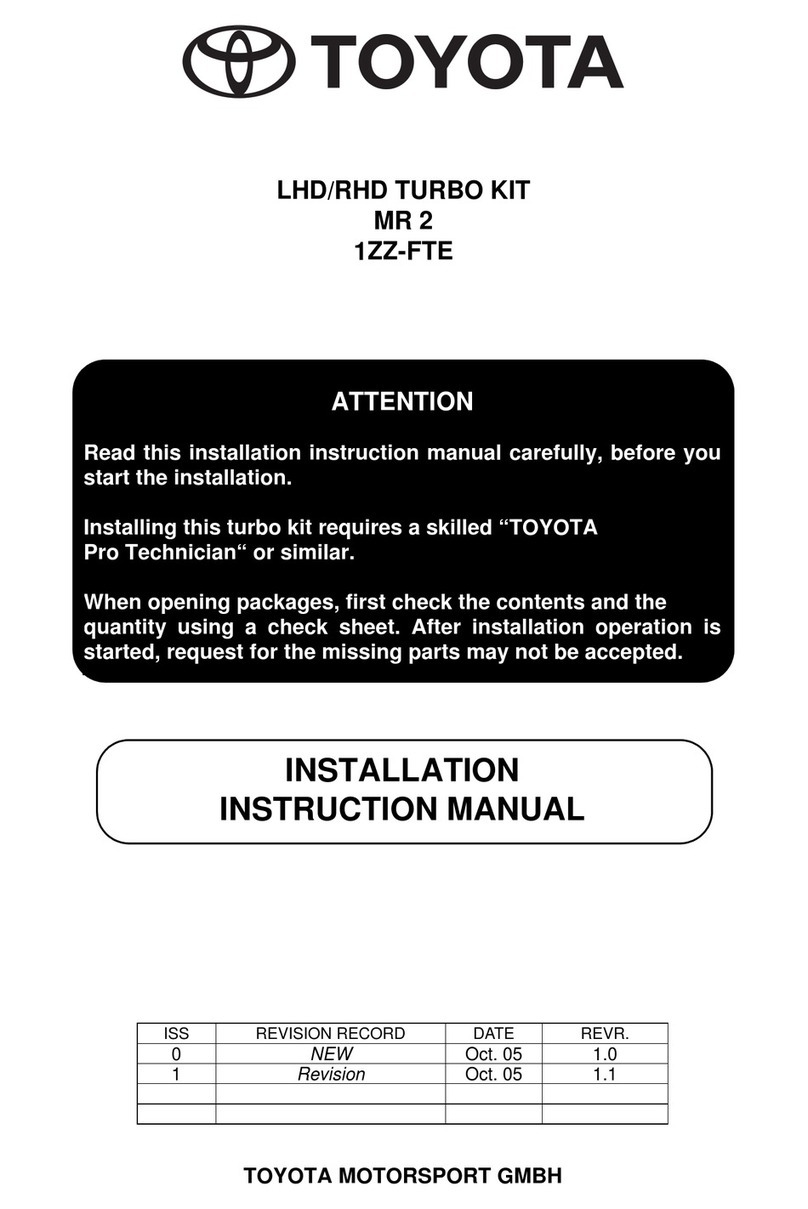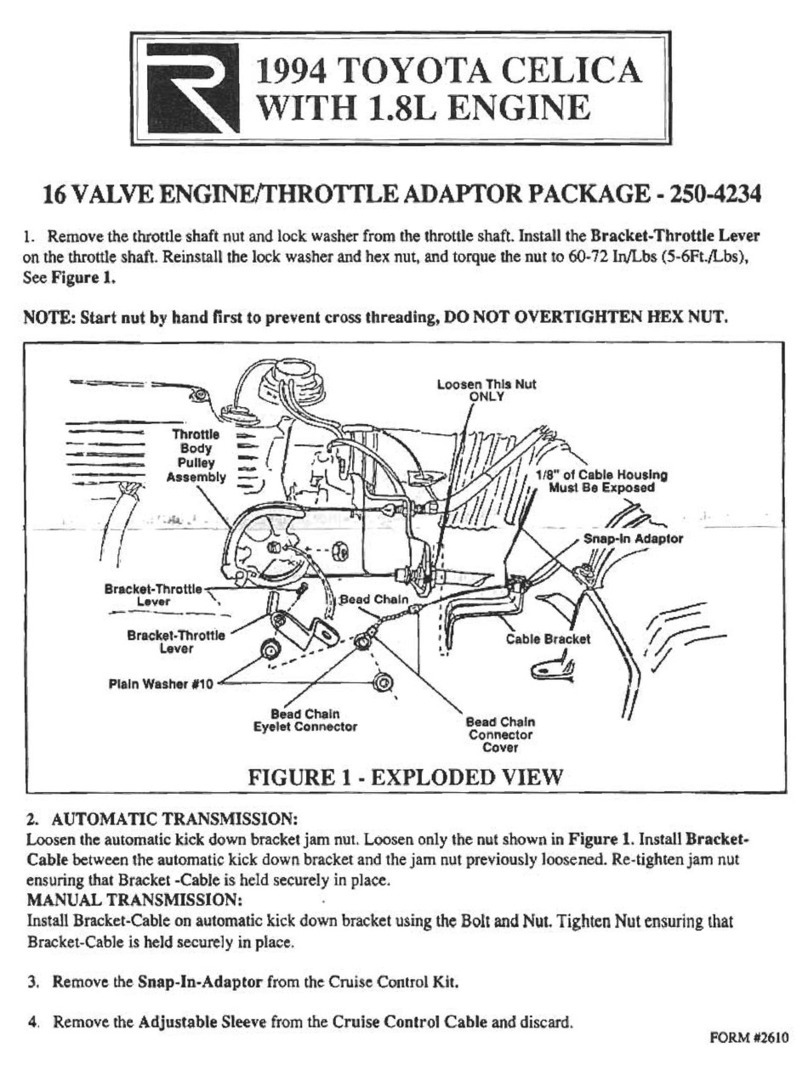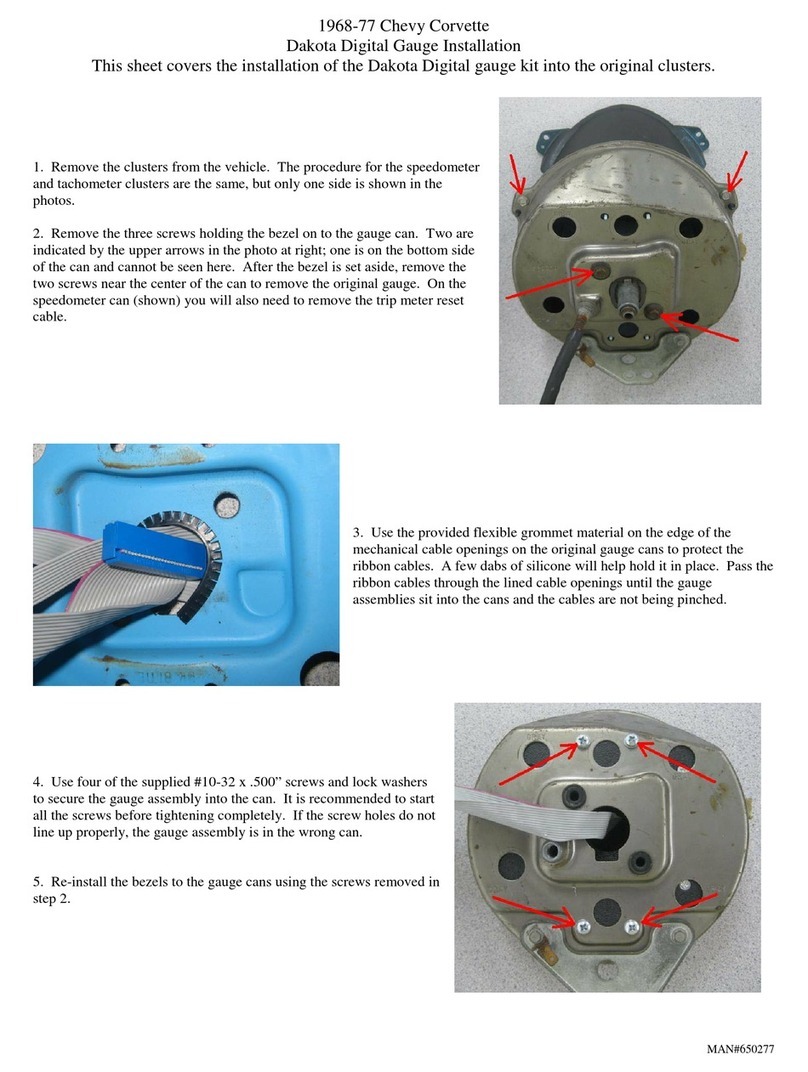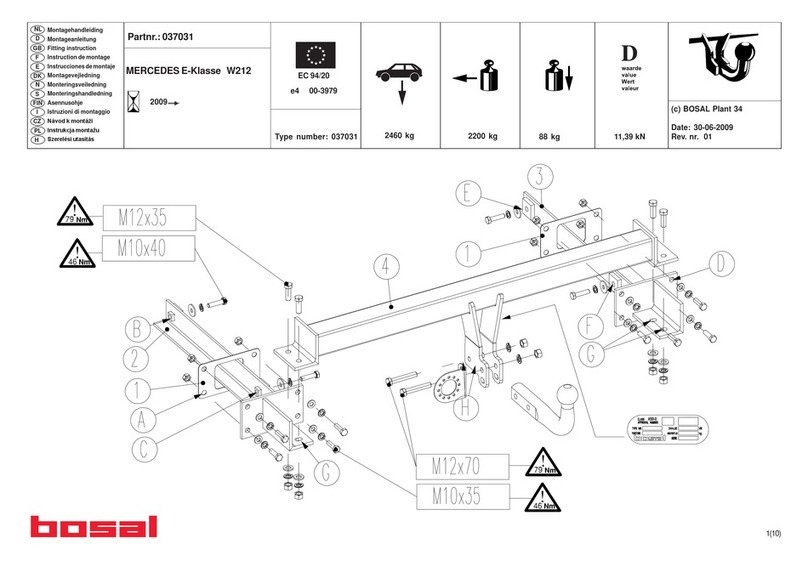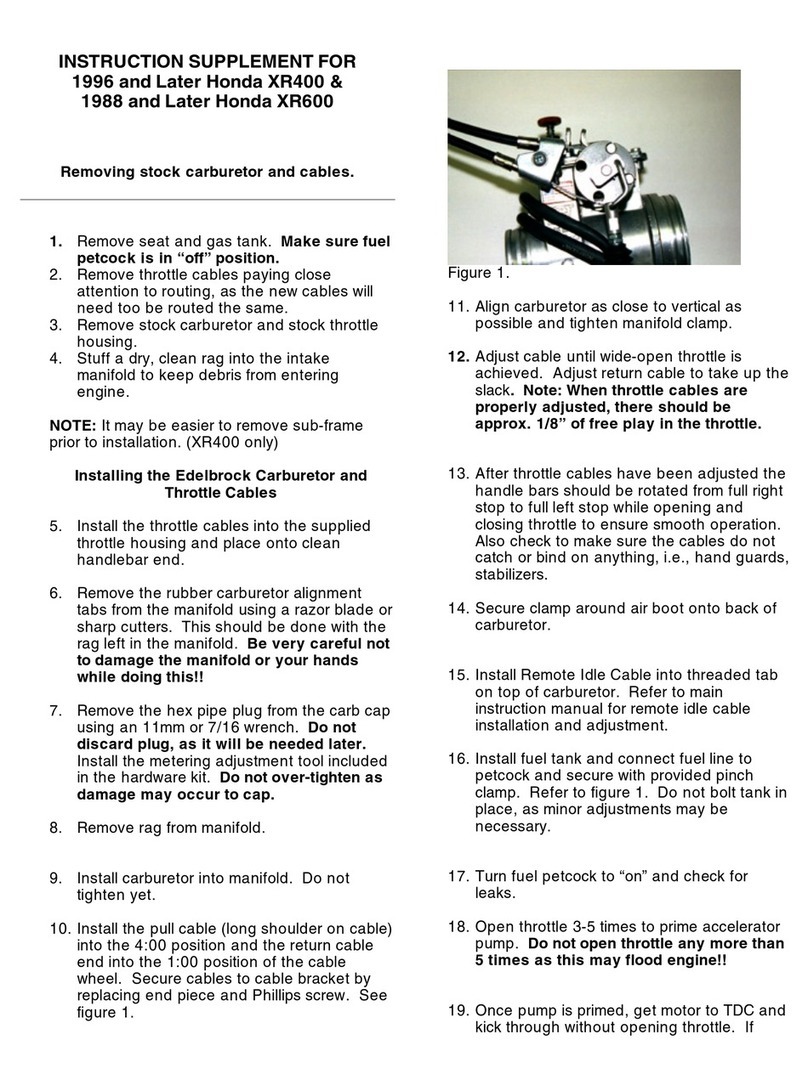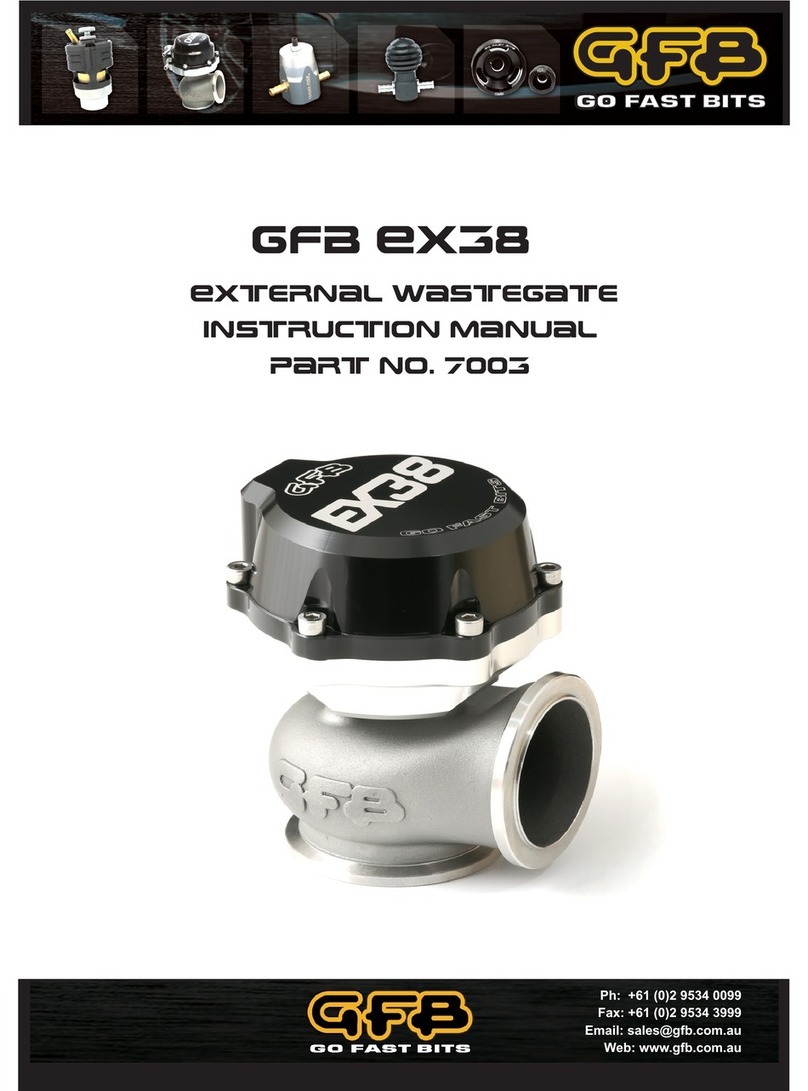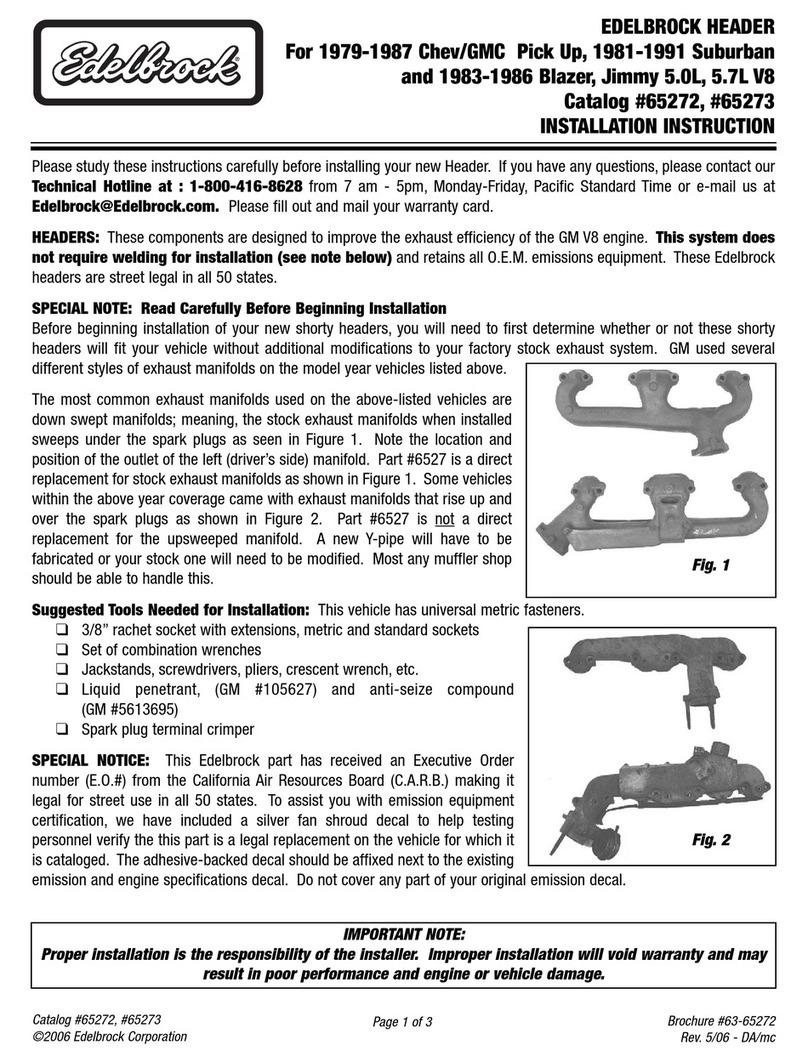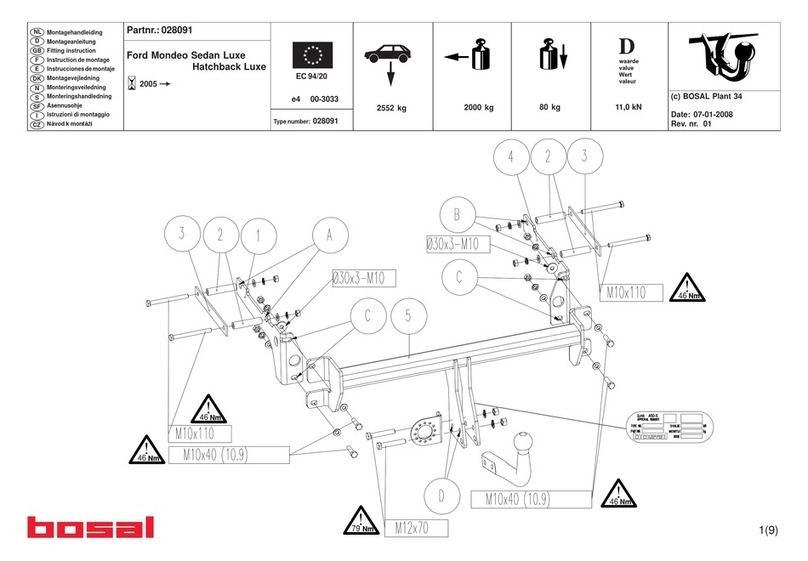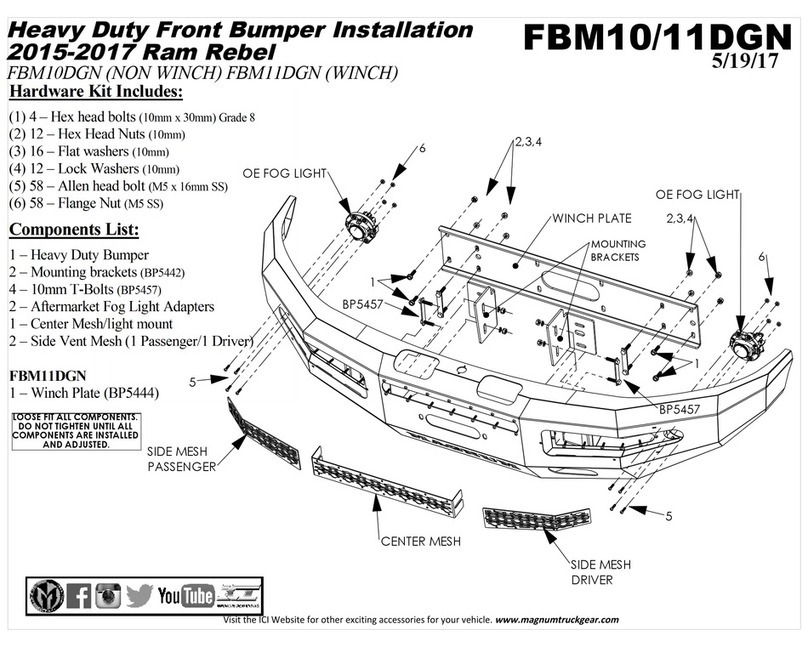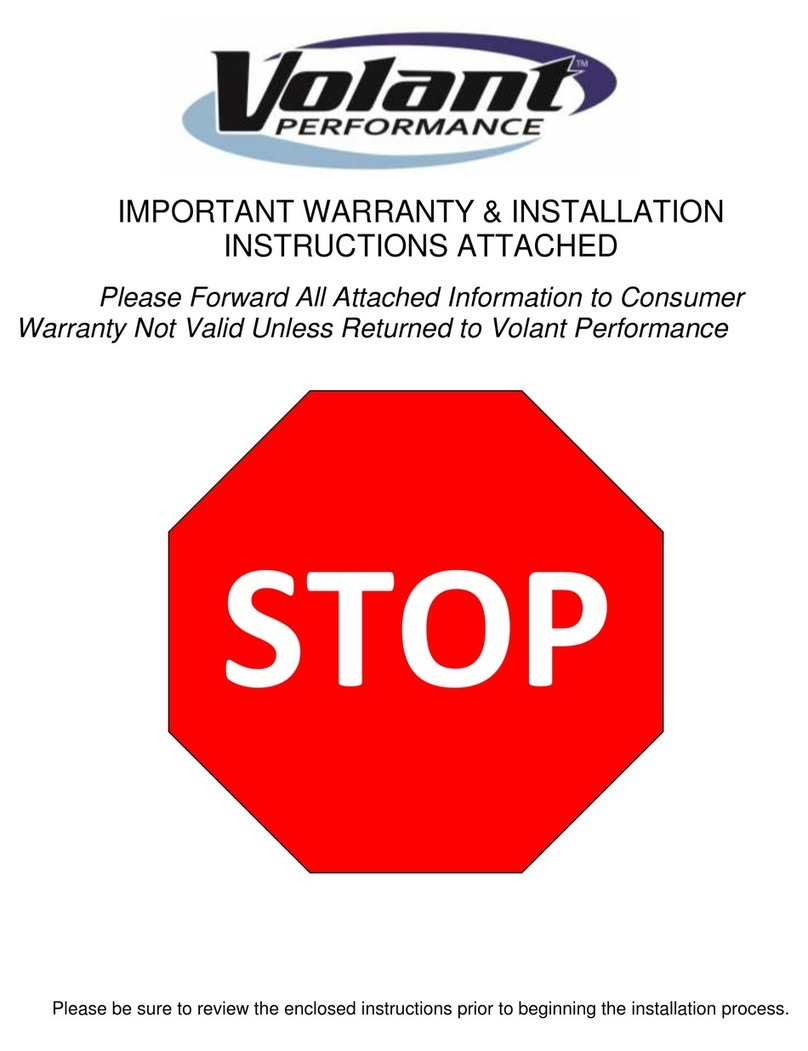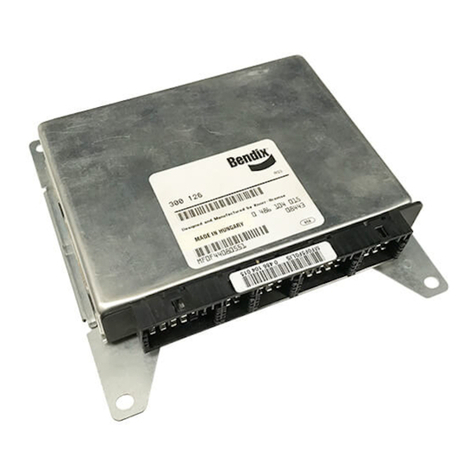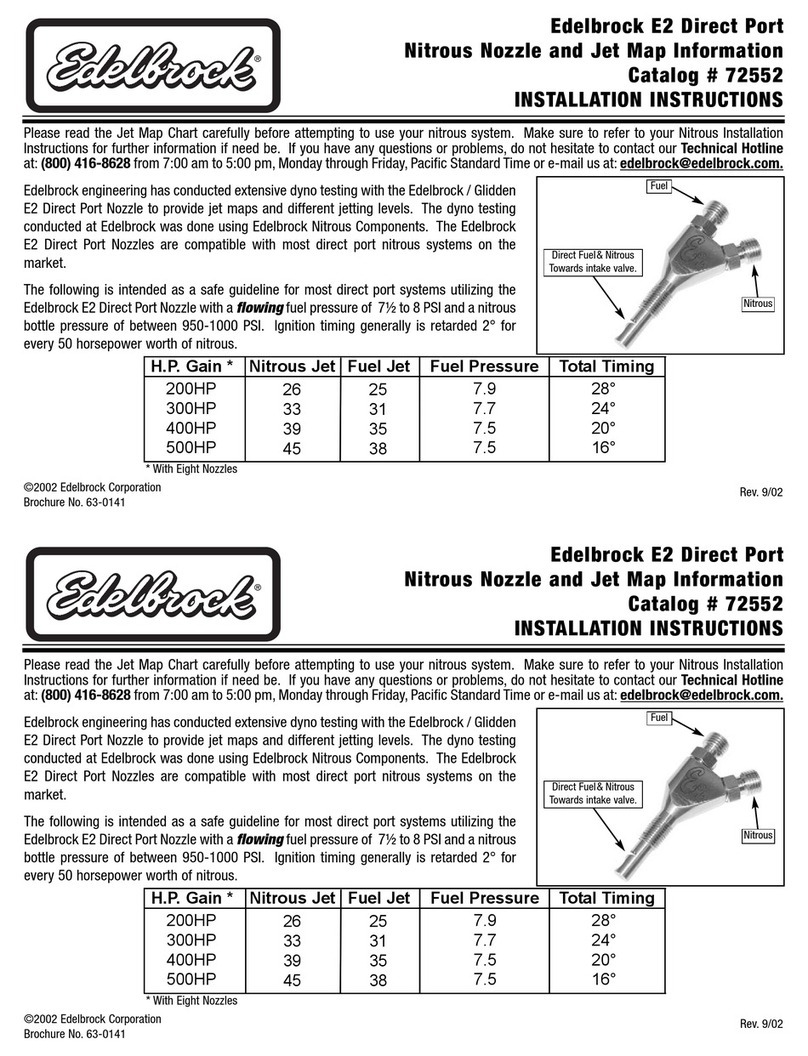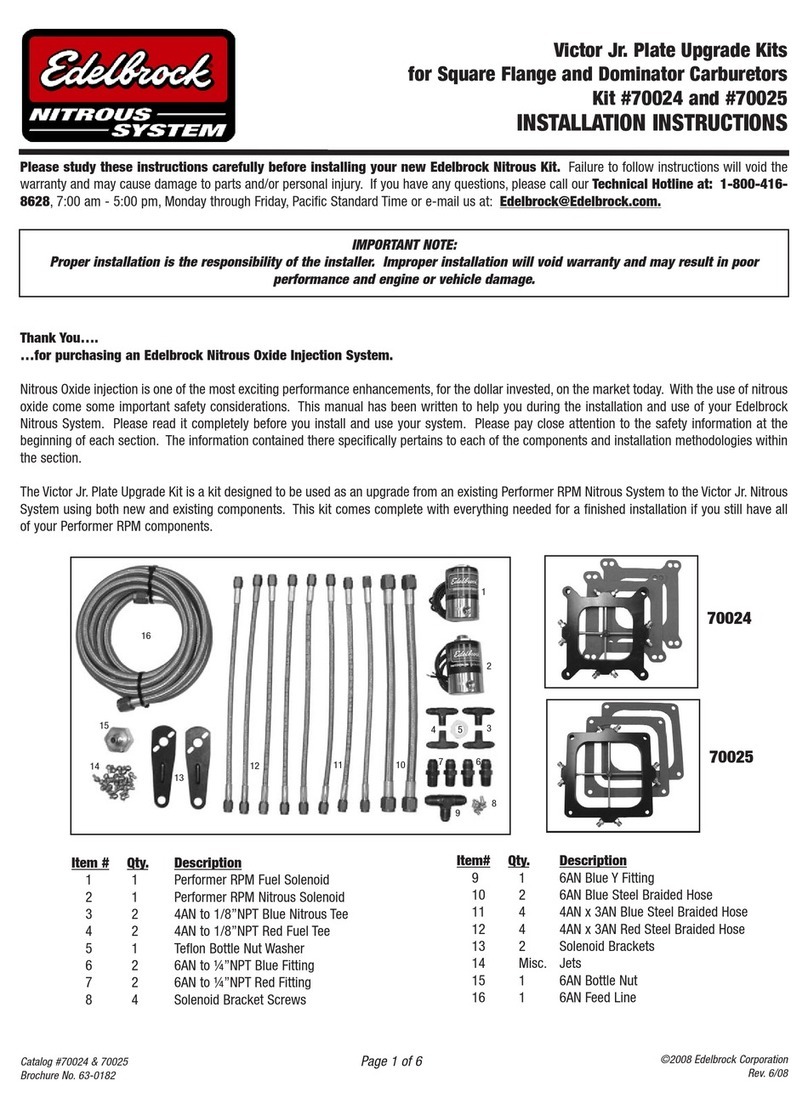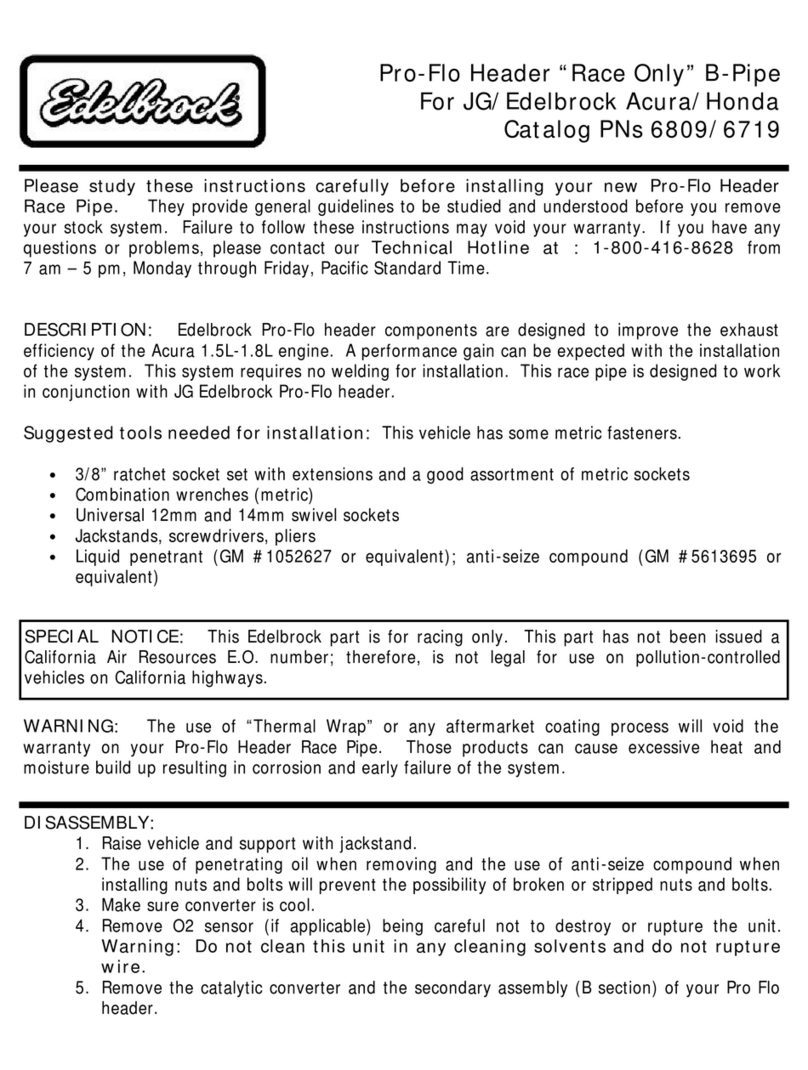NOTE: Always inspect for loose connections and corrosion as well
as the condition of the battery, terminals, cables and starter to find
the source of the starting problems, before replacing the battery.
Toyota vehicles are equipped with 2 types
of batteries:
TYPE 1: Batteries with a built-in
hydrometer, which will indicate the
condition of the battery (fully charged,
needs charging, or discharged) through
the inspection window.
TYPE 2: Batteries with vent plugs that
have a see-through casing to view the
electrolyte level from the outside. The
electrolyte in some batteries with removable
vent plugs can be tested using a Hydrometer.
For the correct replacement battery, refer to
the Toyota Battery Application Chart at your
Toyota dealer or ask the parts counter person
for assistance.
On most Toyota vehicles, the battery is easy
to find, usually located near the front of the
engine compartment.
NOTE: Some diesel models have two batteries.
DIFFICULTY LEVEL
• Genuine Toyota Replacement Battery
• 10 mm and 12 mm wrenches or adjustable wrench
• Battery cable puller or large screwdriver
• Battery cable and terminal cleaner
• Grease or petroleum jelly
• Baking soda
• Disposable gloves
• Eye protection
• Newspaper
INSPECT THE BATTERY CABLES AND BATTERY COMPARTMENT –
Check the battery cables for corrosion, damage, and loose
connections. If the battery compartment is corroded, wash
it with a solution of warm water and baking soda.
ALWAYS REMOVE THE KEYS FROM THE IGNITION WHEN
WORKING ON THE VEHICLE. TURN OFF THE HEADLIGHTS AND
MAKE SURE THERE IS NO DRAIN ON THE BATTERY (CLOSE
THE VEHICLE DOORS, GLOVEBOX, VISOR VANITY MIRRORS AND
TURN OFF MAP LIGHTS). WEAR DISPOSABLE GLOVES AND EYE
PROTECTION TO AVOID GETTING GREASE OR BATTERY ACID ON
YOUR HANDS OR IN YOUR EYES. SEE CAUTION ON BACK PANEL.
mWARNING: Do not smoke or place open flames near the
battery. The gas produced by the battery can explode from a
flame or spark. Clean the old battery with water and baking
soda to remove acid before beginning work.
15-30
MINUTES
FROM ONE TO FOUR–FOUR BEING THE MOST DIFFICULT
BATTERY LOCATION
TOOLS AND SUPPLIES
INSTRUCTIONS INSTRUCTIONS(continued)
1
DISCONNECT THE NEGATIVE BATTERY TERMINAL (–) CABLE –
Lift the terminal clamp protective cover and loosen the terminal
clamp with a wrench or pliers. Twist the clamp back and forth
while pulling up to disconnect the cable. If you have trouble
disconnecting the cable, use a battery cable puller or
screwdriver to loosen the clamp.
2
DISCONNECT THE POSITIVE BATTERY TERMINAL (+) CABLE –
Lift the terminal clamp protective cover and remove the same
way as described above for the negative terminal.
NOTE: On some vehicles, the alarm will sound when the battery
is reconnected. Also, clocks and radio station presets will have
to be reset after battery is reconnected (refer to your vehicle's
Owner's Manual for instructions).
3
REMOVE THE HOLD-DOWN
BRACKET– Loosen one clamp bolt
and remove the other. Remove the
clamp assembly or pivot it out of
the way.
NOTE: Be careful not to contact the
positive (+) terminal with the tools
while working on the hold-down
bracket, as sparks may result.
4
REMOVE THE OLD BATTERY – DO NOT TIP OR TILT THE
BATTERY – Note the position of the battery terminals. Carefully
lift out the battery and set it down on newspaper.
mWARNING: Do not drop the battery or it could explode. Avoid
contact with electrolyte in your eyes, on your skin, clothing or
on the car finish. If contact is made, immediately flush your
skin with water for 5 minutes (eyes for 15 minutes). Contact a
physician as soon as possible. The clothing and car finish
should be thoroughly washed with baking soda and water to
avoid damage.
5
6
CLEAN BOTH BATTERY TERMINALS,
CABLE CLAMPS AND THE HOLD-
DOWN BRACKET –Using the battery
cable cleaner, clean both terminals
and battery cables. Use baking soda
and warm water to clean all corrosion
on the battery cable and bracket.
7
CAREFULLY PLACE THE NEW
BATTERY INTO POSITION – DO NOT
TIP OR TILT THE BATTERY – Be sure
to position the positive and negative
terminals for proper connection to the
battery cables.
NOTE: On some models, an adapter kit will be required to fit
batteries into the hold-down bracket due to a difference in
battery size standards between Japan and the U.S.
Refer to the Toyota Battery Application Chart at your Toyota
dealer or ask the parts counter person for assistance.
8
INSTALL THE HOLD-DOWN BRACKET – Tighten the bracket
only enough to keep the battery firmly in place. DO NOT OVER-
TIGHTEN. Over-tightening may damage the battery case.
9
INSTALL THE POSITIVE BATTERY TERMINAL CABLE – Push on
the cable clamp until it is flush with the top of the terminal.
Tighten the clamp bolt – DO NOT OVER-TIGHTEN. Coat the
terminal and clamp with grease or household petroleum jelly
to help prevent corrosion. Install protective cover.
10
INSTALL THE NEGATIVE BATTERY TERMINAL CABLE – The same
way as the positive cable.
mWARNING: Do not leave the old battery unattended in your
garage, carport, basement or yard – discharged batteries are
still explosive and contain toxic chemicals. NEVER DISPOSE
OF A BATTERY BY THROWING IT INTO THE TRASH, LANDFILL,
INCINERATOR OR TRASH COMPACTOR. Place the old battery
into a cardboard box and take it to a service station, recycling
center or your Toyota Dealer Parts or Service Department
for recycling.
11
RECORD THE DATE AND MILEAGE OF THE BATTERY CHANGE
IN YOUR SERVICE MAINTENANCE LOG. CHECK SCHEDULED
MAINTENANCE GUIDE TO ASSURE ALL MAINTENANCE IS
PERFORMED AT THE APPROPRIATE TIME FOR THE MILEAGE.
12
ESTIMATED TIME INVOLVED
On the Toyota Van (’84-’89) the battery is located in a compartment
directly behind the driver’s seat, under the floor covering. On the
Sienna, the battery is located in the engine compartment.
The MR2 and MR2 Spyder battery is located in the engine
compartment. Replacement of the Prius 12V battery should only
be performed by your Toyota Dealer Service Department.
BatteryHowToBroch(New).qxd 7/21/04 6:55 PM Page 2
